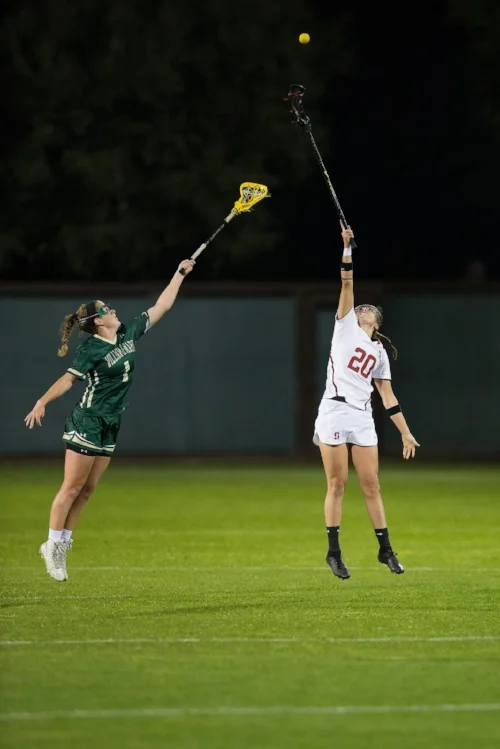Youth Sports Specialization: Do's and Dont's
Genesis Lucero, Stanford Lacrosse
"The more diverse movement patterns, games, and sports an individual is exposed to at a young age, the more he or she will build a solid foundation"
Is it beneficial for young athletes to specialize in one sport or play multiple sports?
It’s becoming increasingly popular for young athletes to begin specializing in one sport at earlier ages in an attempt to gain a competitive advantage. While spending more time practicing a sport and ‘outworking’ your competition may seem to make sense, it may not be giving kids the benefit that one would think and can even come with potential risks. Our One Nine team encourages young athletes to practice multiple sports over early specialization for mainly for these reasons:
1. Improved physical literacy
The most important benefit of participating in multiple sports is to improve an athlete’s physical literacy – or developing a balanced movement-based “diet”. Have you ever noticed how quickly kids can pick up a new activity compared to adults trying for the first time? A big reason is due to motor learning advantages at a young age. The more diverse movement patterns, games, and sports an individual is exposed to at a young age, the more he or she will build a solid foundation compared to an kid who limits daily activity to less variety. Benefits of such variety include improved balance, increased coordination, enhanced mobility, and less muscular imbalances.
2. Reduced risk of injury
By giving muscles, tendons, ligaments, bones, and cartilage exposure to a wide range of movements, a young athlete limits the risk of injury from overuse. Physical changes in youth and adolescence already result in an increased risk for injury like tendinitis, stress fracture, and apophysitis; however, by repetitively exposing a specific area to the same forces (such, as a pitcher throwing a baseball), the chance for injury is greatly increased.
3. Reduced psychological burnout
Another risk factor associated with early specialization is a decrease in motivation or a psychological burnout. Kids’ bodies and brains are much different than adults in a variety of ways, and this is not limited to the physical risks of sport specialization. While youth sports used to be limited to a fall, winter, or spring school season, year-round participation in a sport is becoming more common for kids, who are encouraged to participate in club or travel teams and often pressured to participate in extra training or practice to avoid falling behind. If an athlete is practicing year-round for the wrong reasons or not fully invested mentally and emotionally, the chance of losing motivation in that specific sport – or even worse, physical activity in general – is greatly increased.
When should an athlete choose to specialize in a sport?
At some point choosing to specialize in a sport is seen as necessary for those athletes aspiring to play competitively in college and beyond. While the time to make the switch from a variety of sports to a single sport will vary from athlete to athlete, the One Nine team advocates the following:
Use an athlete’s age as a general guideline when determining how many hours he or she should be practicing a specific sport (for example, a 14-year-old athlete should spend no more than 14 hours a week in a given sport).
Avoid sport specialization until at least mid to late adolescence.
Allow specialization to happen when the athlete is ready and chooses to do so without the pressures of family and friends.
Anything we missed or other thoughts on when to specialize? We’d love to hear from you so leave us a comment below!

